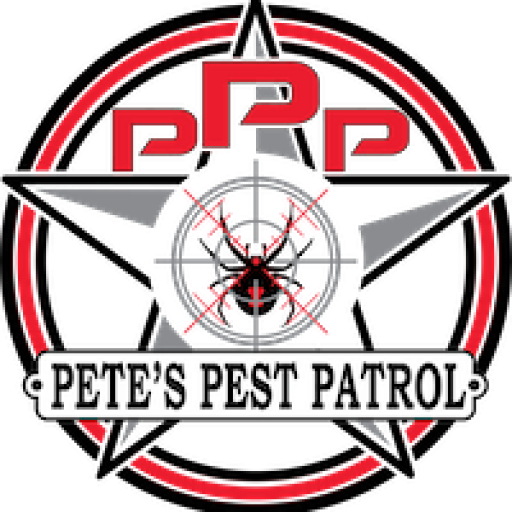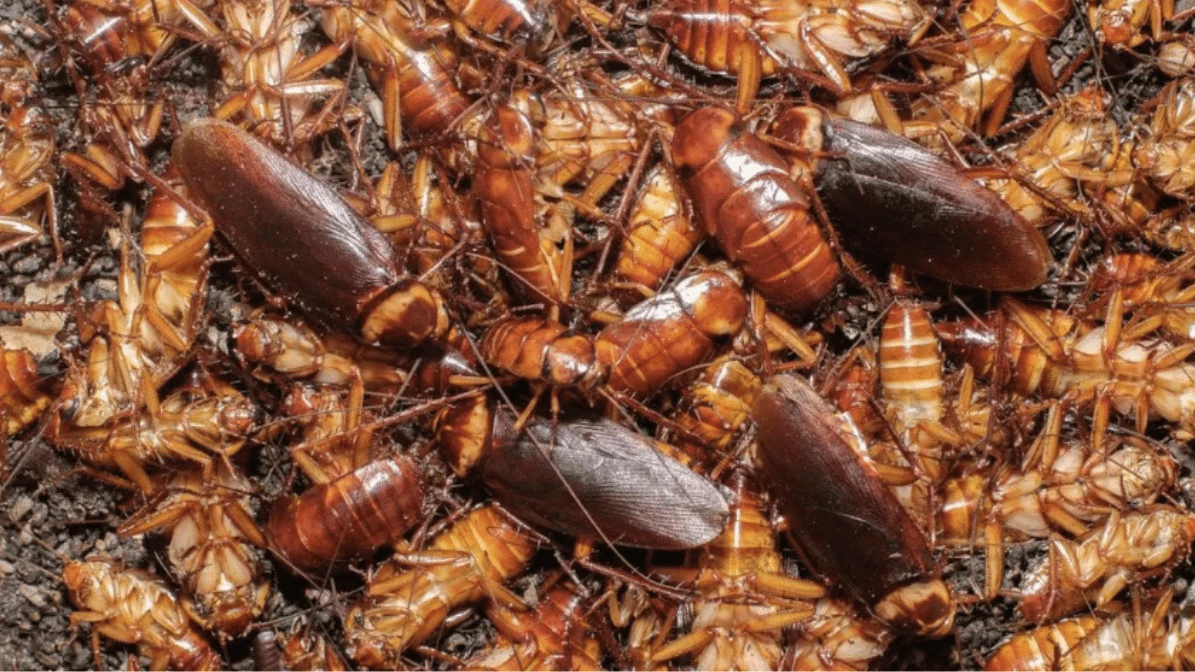Roach infestations can be stressful, but professional solutions provide fast relief and peace of mind. Effective treatments address both the infestation acute and underlying causes.
Professional exterminators start with a comprehensive investigation to locate entry points, nesting sites, and infestation causes like moisture and food. Targeted treatments such as insecticides, baits, and insect growth regulators eliminate current roaches and prevent future generations.
Expert remedies include practical ways to minimize attractants and create an unfavorable environment for roaches in addition to chemical treatments. Sealing cracks, fixing leaks, and sanitizing food crumbs and spills may be needed.
Routine monitoring and maintenance are necessary for long-term roach control. Expert solutions quickly eliminate roach infestations and restore cleanliness and comfort by combining professional experience with proactive prevention measures.
Common signs of roach infestation?
Common signs of a roach infestation include:
- Presence of Live Roaches: Spotting live roaches scurrying around, especially in the kitchen or bathroom, clearly indicates an infestation.
- Roach Droppings: Roach feces resemble tiny, dark specks or pellets and are often found in areas where roaches frequent, such as along baseboards, cabinets, or behind appliances.
- Egg Casings: Roach egg cases are oval-shaped and brownish. Finding these casings in hidden areas like cracks, crevices, or behind furniture suggests an active infestation.
- Musty Odor: Roaches emit a musty odor that becomes more noticeable with larger infestations. The smell is often described as oily or musky and may indicate many roaches.
- Gnaw Marks: Roaches may leave behind gnaw marks on food packaging or other materials as they search for food sources.
- Shed Skin: Roaches shed their exoskeletons as they grow, leaving empty shells that can accumulate in infested areas.
- Visible Damage: Roaches can cause damage to books, wallpaper, and fabrics by feeding on them. Evidence of such damage may indicate an infestation.
- Nocturnal Activity: Roaches are nocturnal creatures and are most active at night. Seeing roaches during the day could indicate a severe infestation or overcrowding.
How do professionals assess and identify the severity of a roach problem?
Professionals assess and identify the severity of a roach problem through visual inspection, monitoring techniques, and knowledge of roach behavior. Here’s how they typically approach the assessment:
- Visual Inspection: Professionals inspect the property for live roaches, droppings, egg casings, and chew marks. They thoroughly check kitchen cabinets, appliances, cracks, crevices, and plumbing fixtures for hiding areas.
- Monitoring Devices: Sticky traps or pheromone traps can be placed strategically to capture roaches and assess the infestation. These instruments identify roach species, population density, and movement behaviors.
- Assessment of Harborage Areas: Professionals can assess roach infestations by finding roach nests, breeding sites, and food sources. They watch for moisture, warmth, and food supplies, which help roaches survive and multiply.
- Observation of Activity Patterns: Professionals observe roach activity patterns, including their nocturnal behavior and movement in response to disturbances. The presence of roaches during the day, particularly in large numbers, may indicate a severe infestation requiring immediate attention.
- Evaluation of Structural Conditions: Professionals assess structural conditions that may contribute to roach infestations, such as cracks, gaps, leaks, and food debris accumulation. Addressing these conducive conditions is essential for effective long-term control of roach populations.
Professionals can examine the roach infestation and provide a customized treatment plan to eliminate it and prevent recurrence. Following up on inspections and monitoring helps track progress and ensure control measures work.
What are the most effective non-chemical methods for controlling roach infestations?
Several non-chemical methods can be highly effective in controlling roach infestations:
- Sanitation: Cleanliness is essential for roach control. Clean surfaces, floors, and worktops regularly to eliminate food debris, crumbs, and spills. Store food in closed containers and throw away waste in sealed bins.
- Exclusion: Seal cracks, crevices, and entry points around doors, windows, pipes, and utility lines to prevent roaches from gaining access to your home. Use caulk, weatherstripping, or sealant to close gaps and openings.
- Eliminate Moisture: Roaches attract moisture, so addressing plumbing leaks, fixing dripping faucets, and ensuring proper ventilation in damp areas like bathrooms and kitchens can help deter roach activity.
- Remove Clutter: Reduce hiding places for roaches by decluttering and organizing storage areas, closets, and basements. Eliminate piles of newspapers, cardboard boxes, and other clutter that can serve as harborage sites.
- Vacuuming: Regular vacuuming can remove roach eggs, droppings, and food particles from floors, carpets, and upholstery. Be sure to dispose of the vacuum bag or empty the canister promptly in an outdoor trash bin.
- Traps and Baits: Sticky traps or glue boards can capture roaches and provide valuable information about the extent of the infestation. Additionally, bait stations containing attractants and insect growth regulators can be placed strategically to lure roaches and disrupt their life cycle.
- Physical Removal: In localized infestations, manually removing roaches by hand or using a vacuum cleaner equipped with a HEPA filter can help reduce populations. Be sure to wear gloves and dispose of captured roaches properly.
These non-chemical methods and targeted pesticide applications can manage roach infestations without exposing you to dangerous chemicals. Routine monitoring and maintenance prevent further infestations and keep properties roach-free.
How do experts determine the best insecticide treatment for specific types of roaches?
Experts choose the appropriate insecticide treatment for individual roach species based on the species, severity, location, environment, and health and safety issues. They usually select insecticides like this:
- Species Identification: Different species of roaches may have varying behaviors, habits, and susceptibilities to insecticides. Experts first identify the species of roaches present through visual inspection or monitoring techniques to determine the most effective treatment approach.
- Residual vs. Contact Insecticides: Experts may employ residual or contact pesticides to suppress or kill roaches depending on species and infestation level. Long-term control with residual insecticides is preferred in roach-heavy locations, while contact pesticides kill swiftly in high-traffic areas.
- Formulation and Application Method: Insecticides come in various formulations, including sprays, dusts, baits, and gels. Experts consider factors such as the location of infestation, accessibility, and potential for exposure to humans and pets when selecting the appropriate formulation and application method.
- Insecticide Resistance: Some roach populations may develop resistance to certain insecticides over time. Experts may conduct resistance testing or research local resistance patterns to select insecticides with different modes of action or alternative active ingredients to target resistant populations effectively.
- Safety and Environmental Considerations: When choosing insecticides, experts consider occupant, pet, and environmental safety. They utilize indoor products to reduce exposure and contamination and follow application instructions. Specialists may use lower-toxicity pesticides or non-chemical control in hospitals, schools, and food establishments.
- Integrated Pest Management (IPM) Approach: Experts often incorporate insecticide treatments as part of an integrated pest management (IPM) program, which integrates multiple control tactics, including sanitation, exclusion, monitoring, and non-chemical methods, to achieve long-term control of roaches while minimizing reliance on pesticides.
By analyzing these considerations and adapting pesticide treatments to the infestation, experts can control and eliminate roaches while reducing health and environmental concerns. Regular monitoring and follow-up inspections are needed to assess therapy efficacy and make modifications.
Swift Relief: Expert Roach Solutions
Pete’s Pest Patrol is committed to providing immediate and effective remedies for roach infestations. Our team of experienced professionals specializes in swift, targeted solutions tailored to each unique situation.
With thorough inspections and advanced techniques, we swiftly identify the extent of the infestation and implement precise treatment strategies. From sealing entry points to deploying strategic baits and traps, we ensure rapid relief from roach problems.
Count on Pete’s Pest Patrol for expert guidance and support, delivering swift solutions to restore peace and comfort to your home or business. Contact us now!

